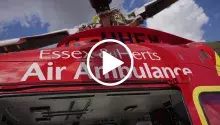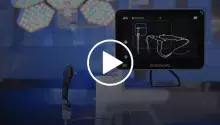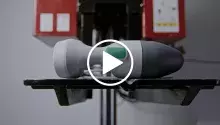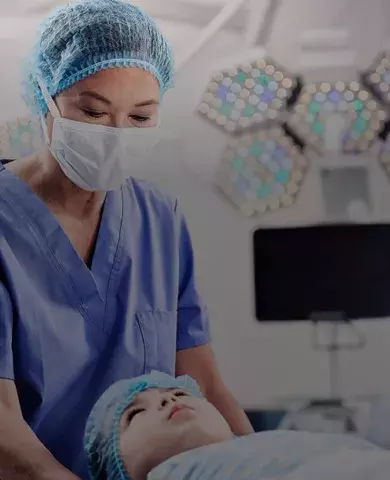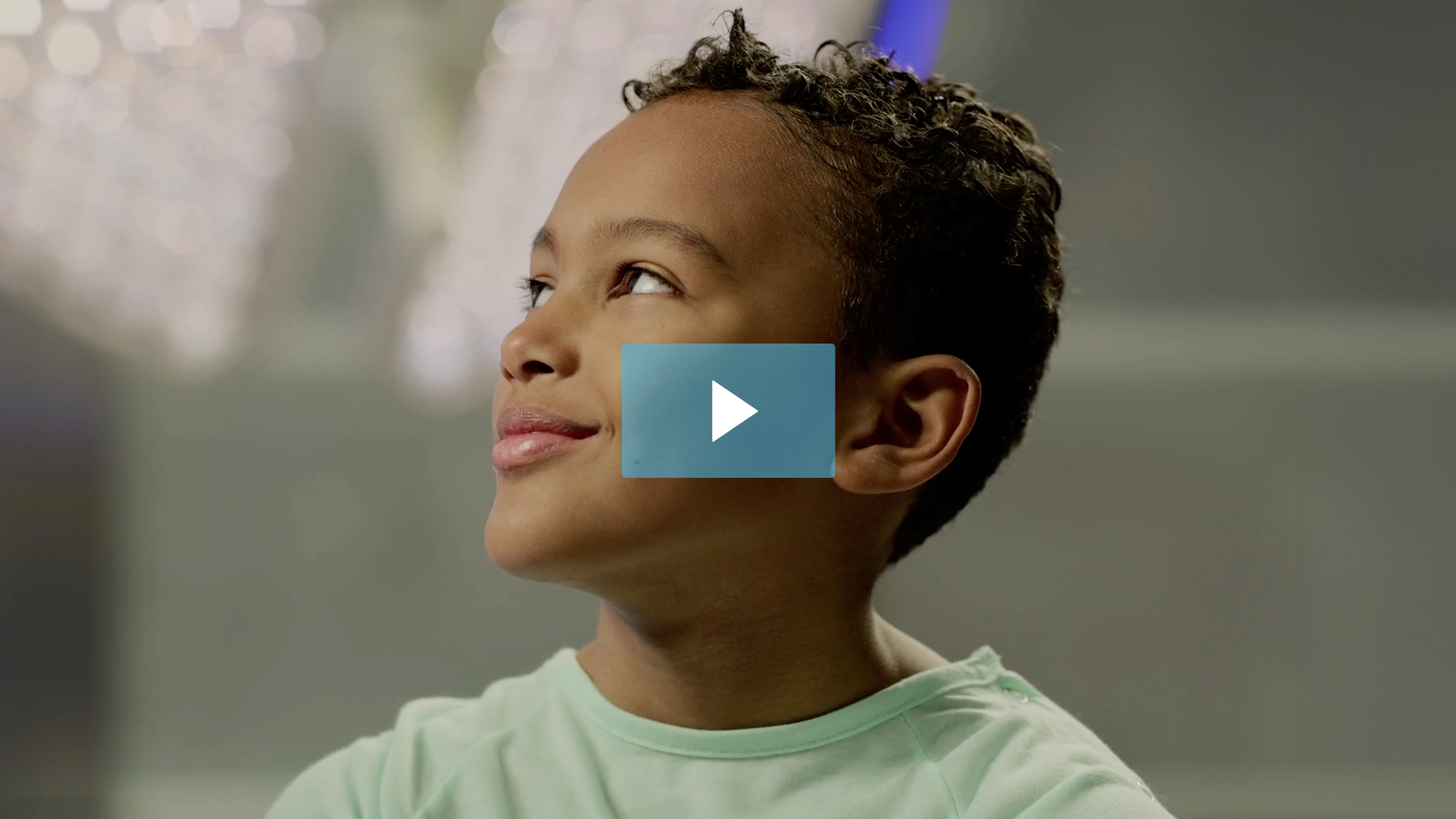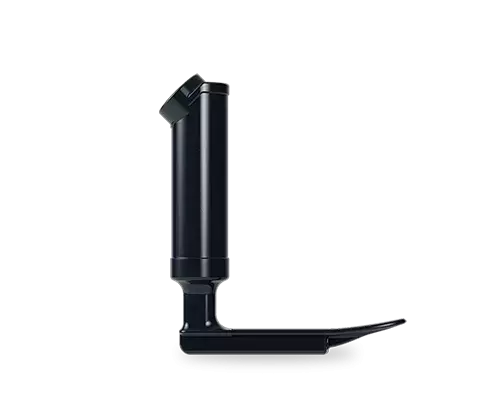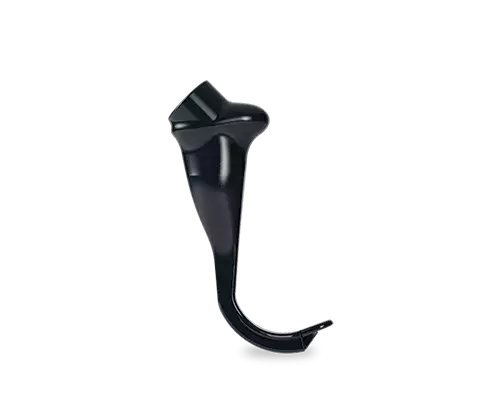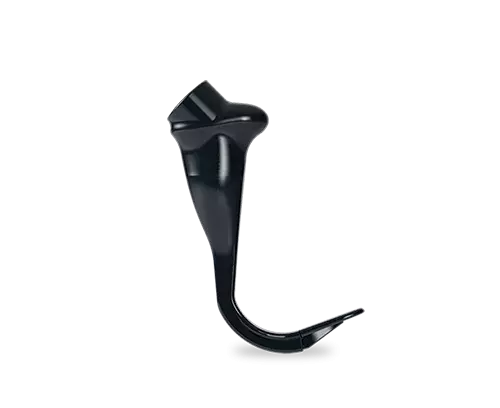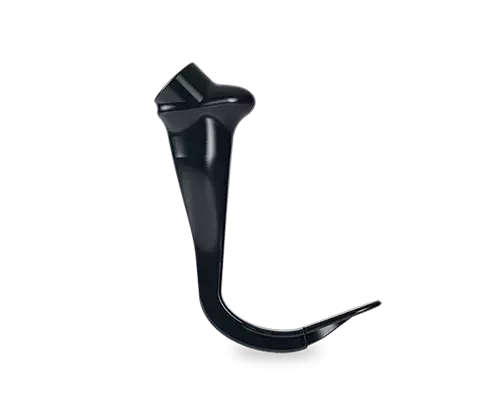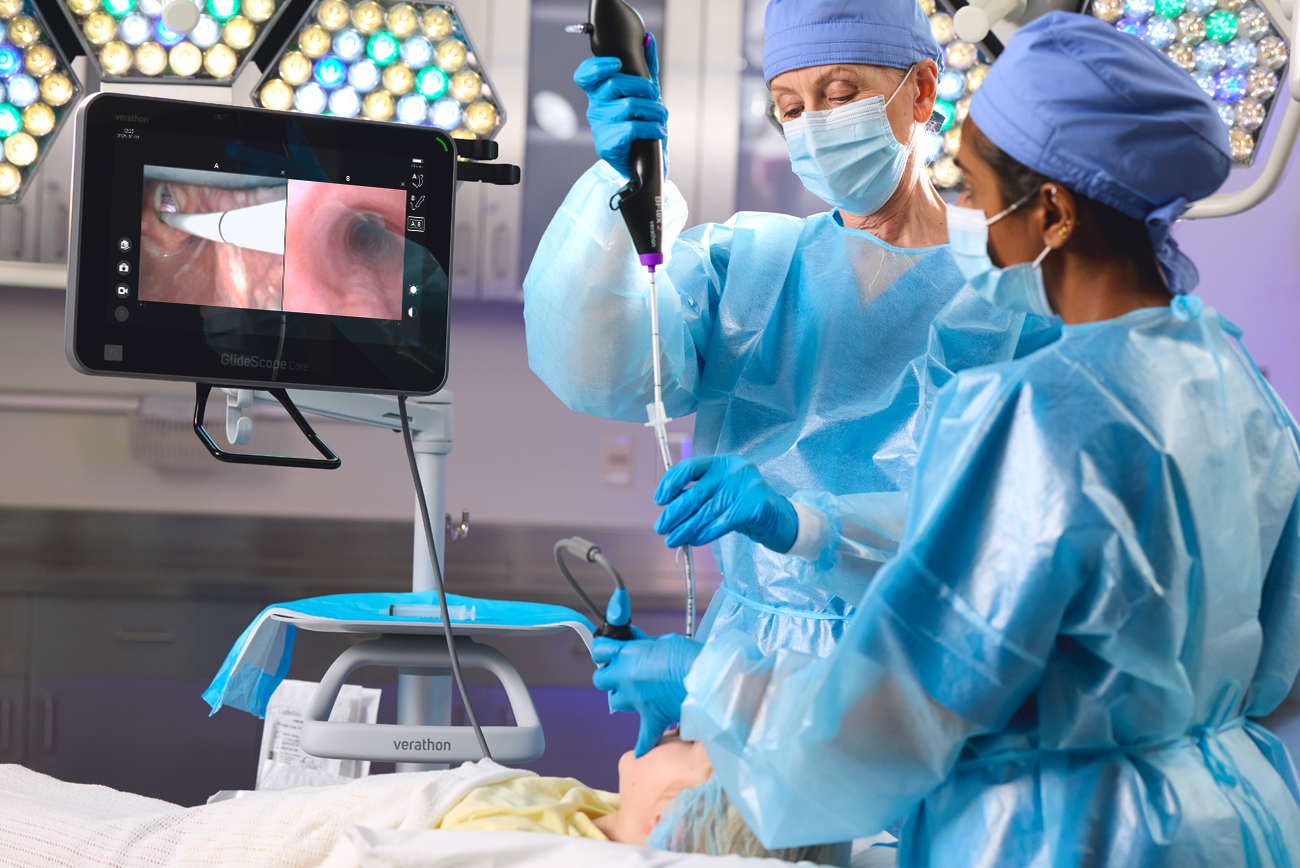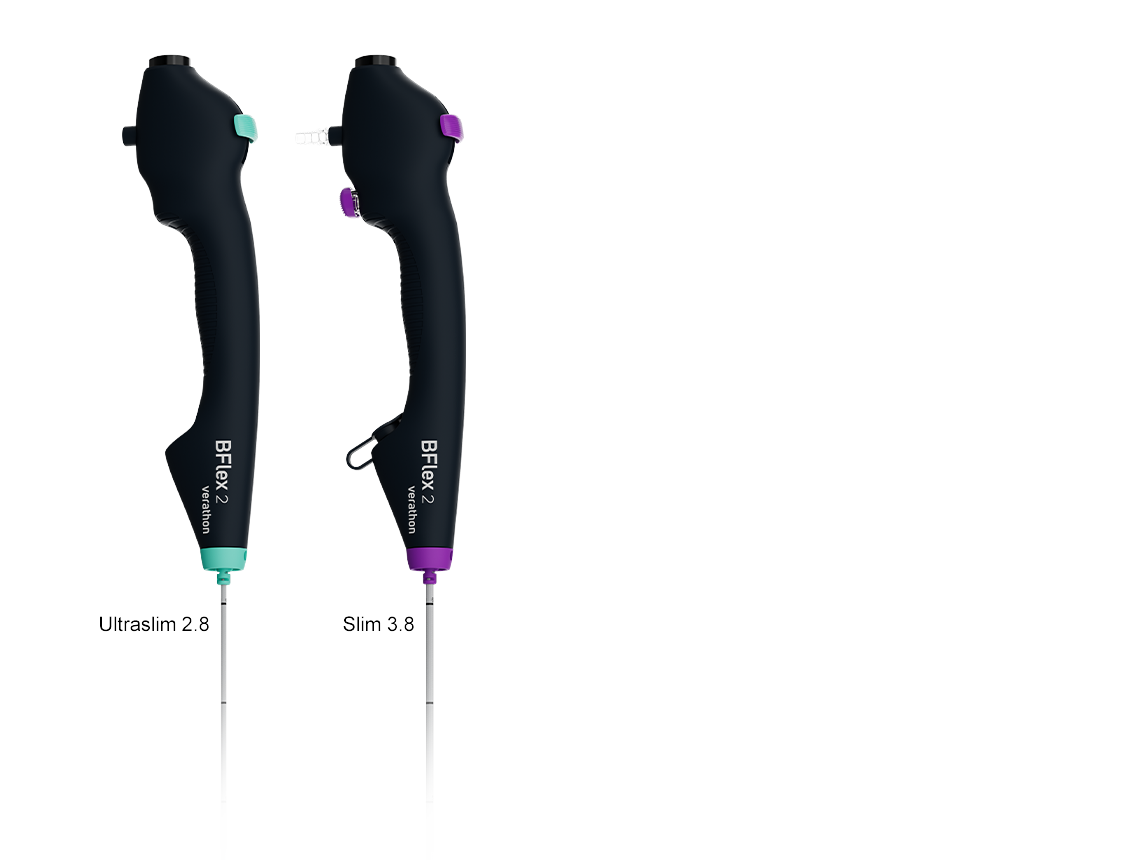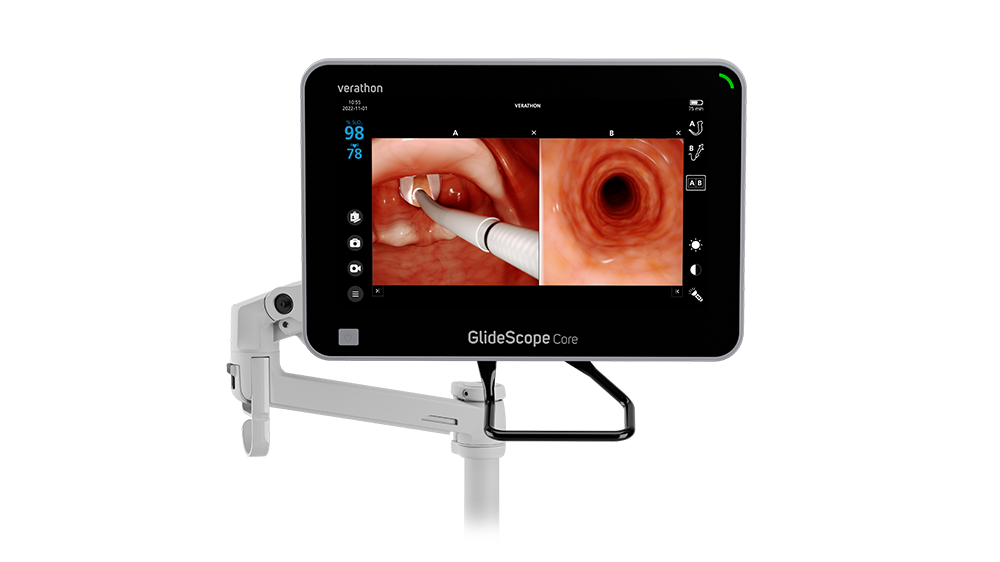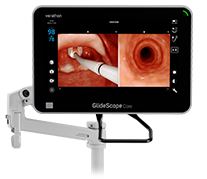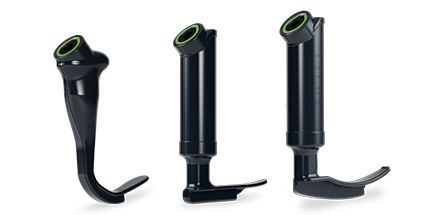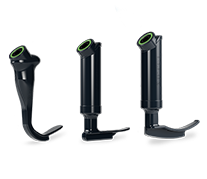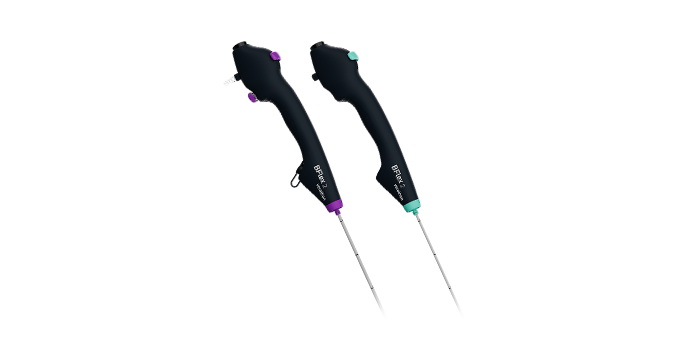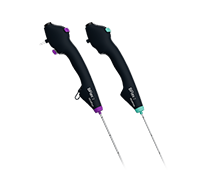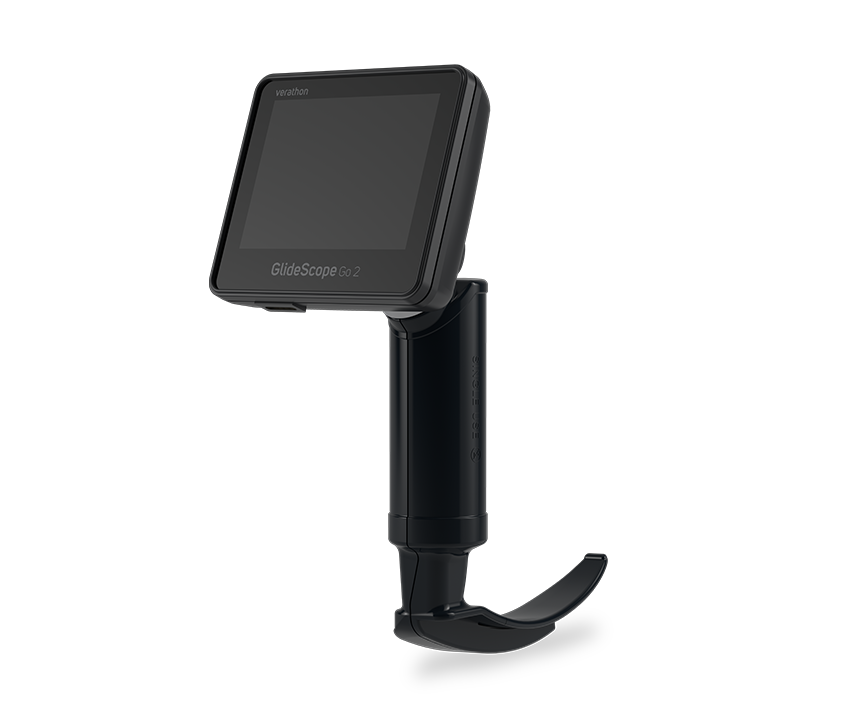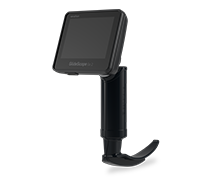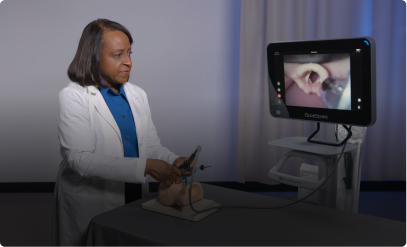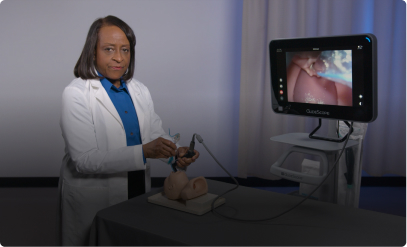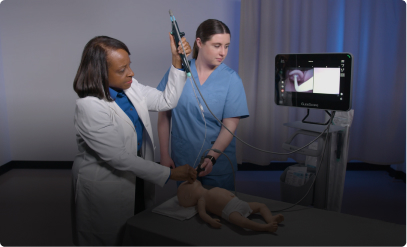Video Laryngoscopes for Pediatrics
A broad portfolio of single-use video laryngoscopes and stylets:
-
Fully disposable blade and handle helps reduce risk of cross-contamination
-
Choose from a full line of hyperangulated, Mac and Miller style blades
-
Small, Medium and Large preformed rigid stylets to support use of hyperangulated blades
-
Supports increased intubation success rates compared to DL1
Video Laryngoscopy and Bronchoscopy in One Mobile System
With GlideScope® Core™ you can see more with simultaneous bronchoscope and video laryngoscope views to help navigate and secure pediatric airways.
Two systems in one means there is no need to wait for additional equipment or switch systems during procedures.
BFlex 2 Bronchoscopes for Pediatrics
Designed for efficiency- with all the advantages of single-use:
-
Single-use eliminates the risk of cross-contamination due to ineffective reprocessing
-
Balanced rigidity and flexibility for ideal control in difficult cases
-
Holder for easy access during cases
-
BFlex 2 Slim 3.8 features a suction channel for challenging secretions
Learn More about Our Airway Management Solutions
GlideScope® Core™
GlideScope Core is the most comprehensive and flexible airway visualization system for video laryngoscopy, bronchoscopy and dual-view airway procedures.
BFlex™ 2 Bronchoscopes
BFlex 2 is a single-use bronchoscope designed with powerful suction, responsive maneuverability, and improved workflow.
GlideScope® Go™ 2
GlideScope Go 2 handheld system delivers enhanced image clarity and features magnetic QuickConnect technology to enable improved efficiency.
Product Use
Helpful Information
British Journal of Anaesthesia, 2017
GlideScope use was associated with a higher chance of success with no increased risk of complications.
Pediatric Airway Management in COVID-19 Patients: Consensus
Guidelines Anesthesia & Analgesia, 2020
Consensus Guidelines From the Society for Pediatric Anesthesia’s Pediatric Difficult Intubation Collaborative and the Canadian Pediatric Anesthesia Society with recommendations for use of video larygoscopy

